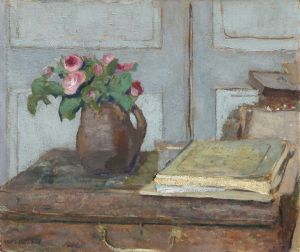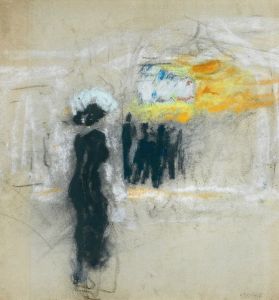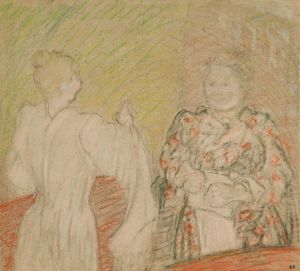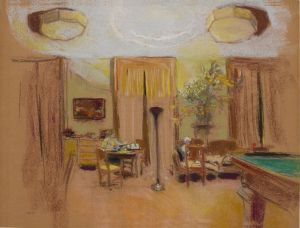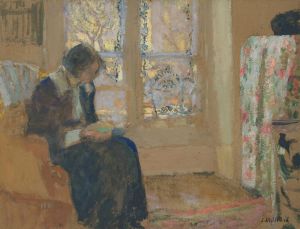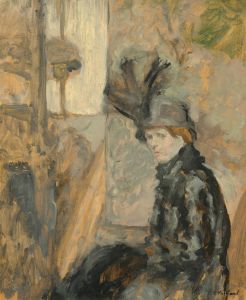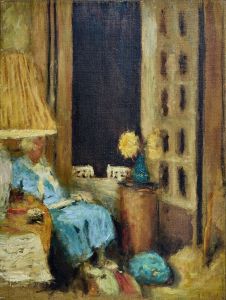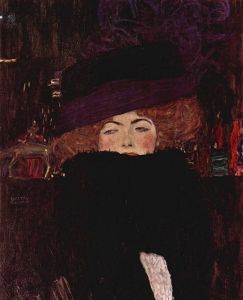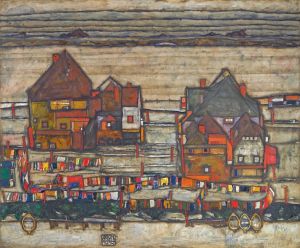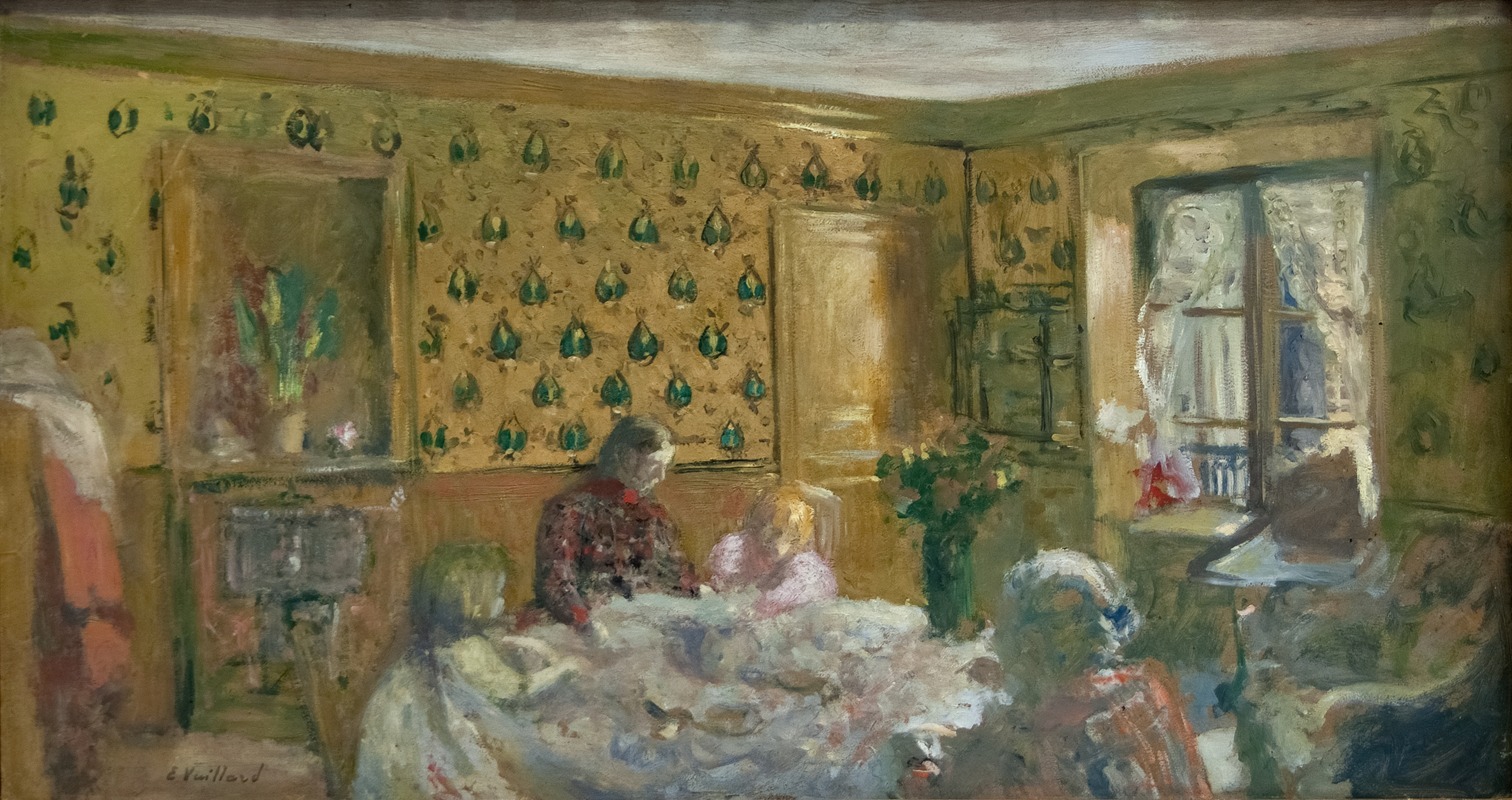
By the Worktable
A hand-painted replica of Édouard Vuillard’s masterpiece By the Worktable, meticulously crafted by professional artists to capture the true essence of the original. Each piece is created with museum-quality canvas and rare mineral pigments, carefully painted by experienced artists with delicate brushstrokes and rich, layered colors to perfectly recreate the texture of the original artwork. Unlike machine-printed reproductions, this hand-painted version brings the painting to life, infused with the artist’s emotions and skill in every stroke. Whether for personal collection or home decoration, it instantly elevates the artistic atmosphere of any space.
"By the Worktable" is a painting by the French artist Édouard Vuillard, created around 1898. Vuillard was a prominent member of the Nabis group, a post-impressionist avant-garde movement that emphasized the importance of color and design in art. The Nabis were influenced by Paul Gauguin and sought to break away from the naturalism that dominated the art world at the time.
Vuillard is known for his intimate domestic interiors and his ability to capture the subtleties of everyday life. "By the Worktable" is a quintessential example of his style, featuring a scene that is both personal and detailed. The painting depicts a woman seated at a worktable, engrossed in her task. The setting is likely a domestic interior, a common theme in Vuillard's work, reflecting his interest in the private lives of his subjects.
The composition of "By the Worktable" is characterized by its rich, textured surfaces and the use of muted, harmonious colors. Vuillard's technique often involved the application of paint in small, intricate strokes, creating a tapestry-like effect. This method allows the viewer to feel the texture of the objects and the atmosphere of the room. The attention to detail in the depiction of the worktable and its surroundings suggests a deep appreciation for the mundane aspects of daily life.
Vuillard's use of color in "By the Worktable" is particularly noteworthy. He employs a palette of soft, earthy tones that create a warm and inviting ambiance. The subtle interplay of light and shadow adds depth to the scene, enhancing the sense of intimacy. The artist's ability to convey the quiet concentration of the woman at the worktable is a testament to his skill in capturing human emotion and the essence of a moment.
"By the Worktable" reflects Vuillard's broader artistic philosophy, which was heavily influenced by his association with the Nabis. The Nabis believed that art should be a synthesis of form and color, and they often drew inspiration from Japanese prints, which emphasized flat areas of color and decorative patterns. This influence is evident in Vuillard's work, where the emphasis is on the overall composition and the harmonious arrangement of elements rather than on realistic representation.
Édouard Vuillard's work, including "By the Worktable," has been celebrated for its ability to transform the ordinary into the extraordinary. His paintings offer a glimpse into the private, often overlooked moments of life, rendered with a sensitivity and attention to detail that invite viewers to pause and reflect. Vuillard's contribution to the art world extends beyond his technical prowess; his work challenges us to find beauty in the everyday and to appreciate the quiet moments that make up our lives.
Today, "By the Worktable" is recognized as an important piece within Vuillard's oeuvre and within the broader context of post-impressionist art. It exemplifies the artist's unique approach to composition, color, and subject matter, and continues to be admired for its intimate portrayal of domestic life. Vuillard's legacy as a master of capturing the essence of everyday moments endures, and his work remains a significant influence on contemporary artists who seek to explore the intersection of the personal and the universal in their art.






